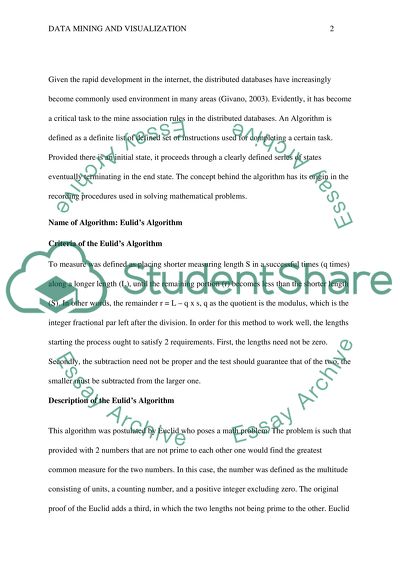Cite this document
(“DATA MINING AND VISUALISATION Essay Example | Topics and Well Written Essays - 1250 words”, n.d.)
DATA MINING AND VISUALISATION Essay Example | Topics and Well Written Essays - 1250 words. Retrieved from https://studentshare.org/information-technology/1465599-data-mining-and-visualisation
DATA MINING AND VISUALISATION Essay Example | Topics and Well Written Essays - 1250 words. Retrieved from https://studentshare.org/information-technology/1465599-data-mining-and-visualisation
(DATA MINING AND VISUALISATION Essay Example | Topics and Well Written Essays - 1250 Words)
DATA MINING AND VISUALISATION Essay Example | Topics and Well Written Essays - 1250 Words. https://studentshare.org/information-technology/1465599-data-mining-and-visualisation.
DATA MINING AND VISUALISATION Essay Example | Topics and Well Written Essays - 1250 Words. https://studentshare.org/information-technology/1465599-data-mining-and-visualisation.
“DATA MINING AND VISUALISATION Essay Example | Topics and Well Written Essays - 1250 Words”, n.d. https://studentshare.org/information-technology/1465599-data-mining-and-visualisation.


